What Each F1 Team Needs to Do After the Summer Break
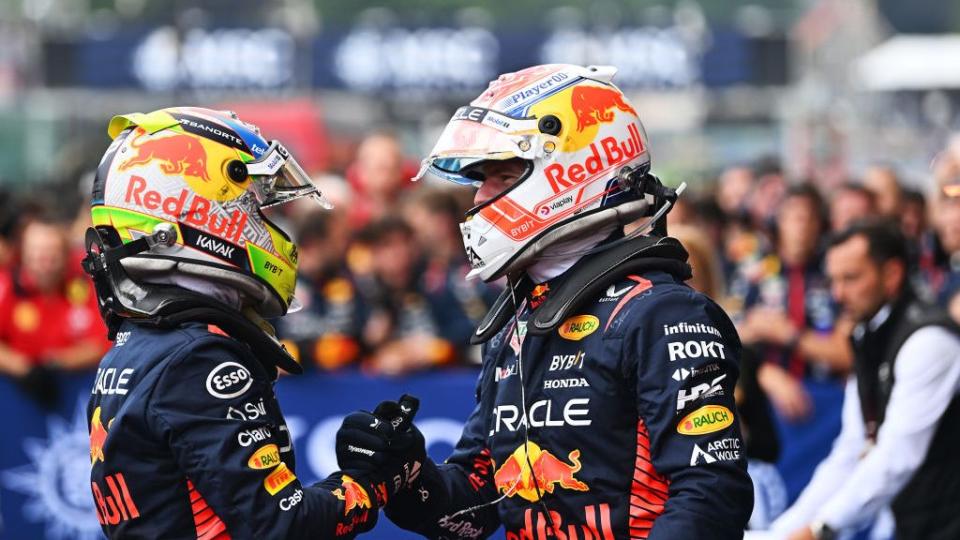
There are 10 races remaining in this year’s 22-race Formula 1 season when the championship returns from its summer break. Autoweek takes a quick look at what each team needs to be targeting to make 2023 a success—or less of a failure—and to ensure its 2024 prospects are bright.
Racing returns to the Formula 1 series for the Dutch Grand Prix in the Netherlands on Aug. 27.
Red Bull
There’s not exactly a huge scope for improvement when it comes to a team that has won every race so far in 2023.
Make sure the tuxedos are pressed and ready for the litany of post-season award ceremonies? Stop breaking the winning trophies? Try and stop team advisor Helmut Marko from talking?
In all seriousness, the biggest aspect for Red Bull will be to avoid complacency that can arise when a team is in such a dominant position. It has a real opportunity to go undefeated through the season and that must be the tantalizing target considering both titles are as near as under wraps. And the stable regulations means anything gained in 2023 will still help in 2024.
Getting Sergio Perez more in tune with the RB19 over one-lap will aid its prospects as while Perez is not a qualifying specialist, his Saturday results have been dismal.
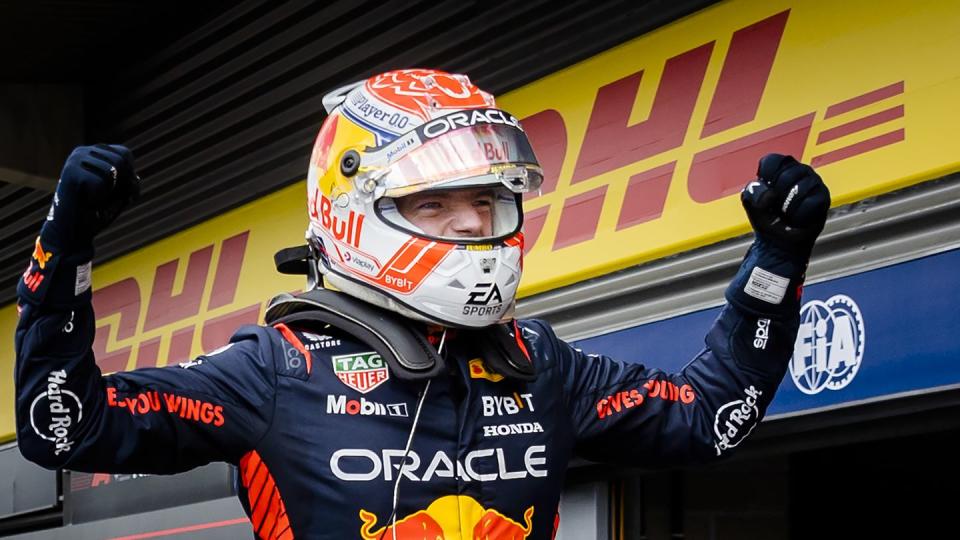
Mercedes
Mercedes has opened a healthy buffer in the race to be best-of-the-rest in 2023 and retaining that mantle is the obvious target across the final 10 races.
But the bigger aspect is ensuring there are no slip-ups when it comes to the development of its W15, as it bids to return to title contention in 2024, having learned heaps across the opening half of 2023.
It can still improve its W14 which is, in the words of tech boss James Allison, “too reactive,” provoking a lack of confidence for the drivers.“It's unstable when you first turn the wheel and then annoyingly dead when they get to the apex,” said Allison on the W14.
Getting into a position to ensure nemesis Red Bull can’t execute a perfect season would also make a nice tonic for the team.
Pit stops are another area where it needs to upgrade its equipment and improve, as it has only been seventh-best in this department—a deficit which will be more keenly felt in a close title fight.
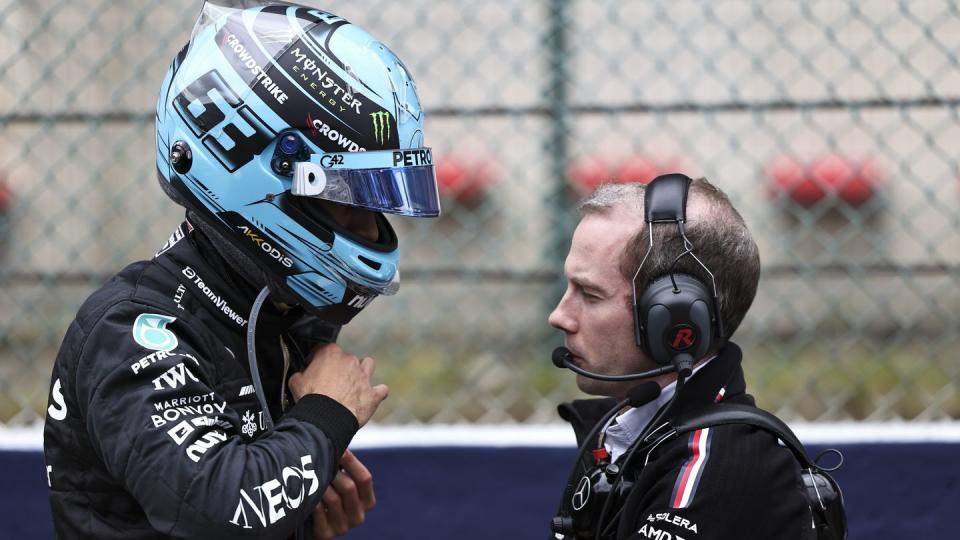
Aston Martin
Aston Martin was second-best out of the blocks but it has slipped away from regular podium contention. Hungary was a reality check when anticipated pace failed to materialize but it nudged Aston Martin into a deeper analysis of some other events.
“We made a change earlier in the season and didn't anticipate it having some of the side effects that it did,” said boss Mike Krack on an update package. “It wasn't until after several races at different types of circuits that we realized how it was influencing the car.”
Aston Martin believes Belgium marked the start of the turnaround – and confirming those sentiments at upcoming events will be key. It will continue to bring new components to its AMR23 race-by-race so continued validation of updated parts is vital. It is already benefiting from its new factory, which opened in the summer, which should accelerate its development.
“We've improved less than the others so now it's up to us to improve more than them,” said Krack.
Extracting better results from Lance Stroll is also crucial but that’s easier said than done.
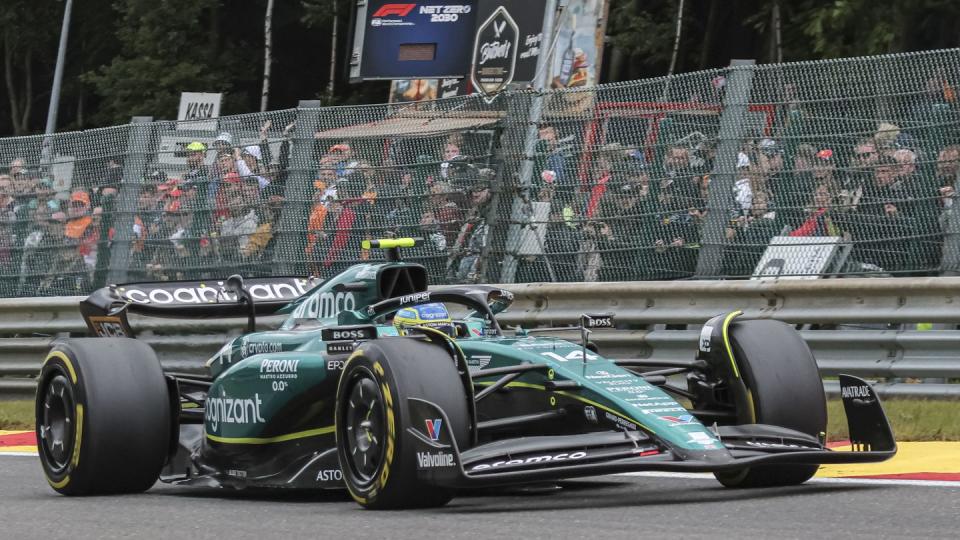
Ferrari
In the words of Carlos Sainz in Belgium, Ferrari needs to “stop kind of expecting a win or a podium here and just focus on nailing the principles and be consistent."
Much like Mercedes, anything Ferrari learns across the next 10 races is vital for 2024, when there really should not be any excuses for not being a title challenger.
Ferrari has unlocked pathways with the SF-23, a car which began life extremely sensitive to certain track conditions or characteristics, particularly in terms of tire degradation. But progress is relative and Ferrari still has performance to unearth.
Finishing third in the standings is a realistic target but would still be a disappointment.It is still a team in transition, following the arrival in January of Frederic Vasseur, but it needs to display tangible progress on- and off-track to assure both Sainz and Charles Leclerc—out of contract after 2024—that their future is in red.
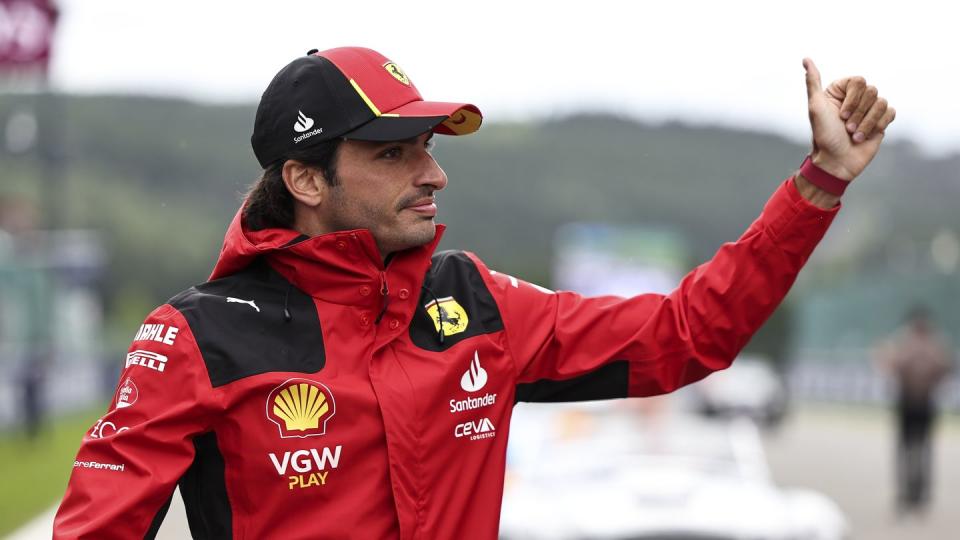
McLaren
This would have looked very different had it been written a few races ago but McLaren has surged into contention with its near-B-spec MCL60, the package it gave the green light to in late 2022 when it realized its launch-spec car had limitations.
The next challenge for McLaren is to iron out the draggy nature of its package—especially for 2024—which has compromised its straight-line speed. There are a few circuits coming up, most notably Monza and Las Vegas, where that could be a key weakness.
Evolving the technical team is also a work-in-progress with the current structure to be bolstered by the arrivals of David Sanchez and Rob Marshall in January, while its new wind tunnel will assist with development of the 2024 car.
It must also make use of its extra wind tunnel and CFD testing time versus its nearest rivals, having only been sixth in the standings on June 30, when the allowances were reset.
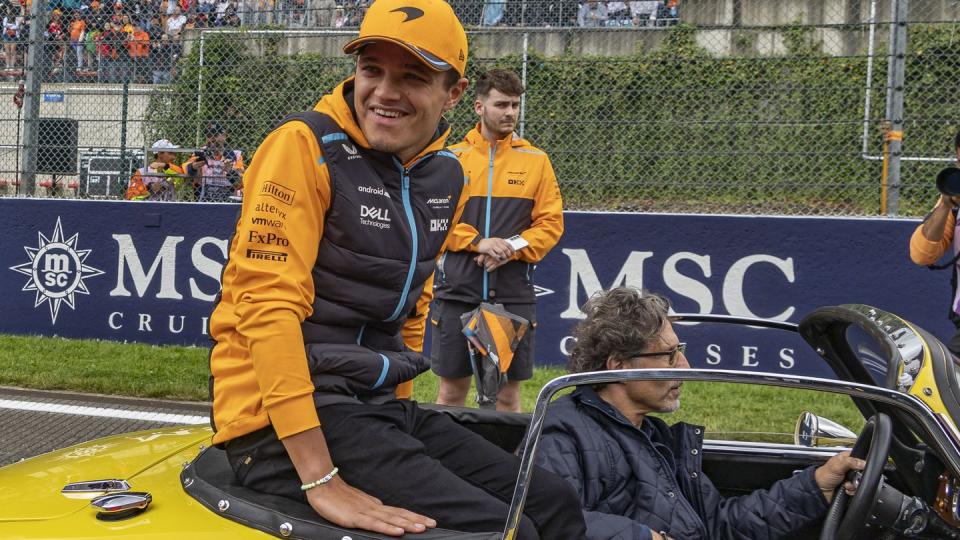
Alpine
Alpine didn’t exactly have a quiet end to the first half of the season amid the shuffling aside of CEO Laurent Rossi, the departures of team principal Otmar Szafnauer and sporting director Alan Permane, and the coincidental exit of chief technical officer Pat Fry.
Consequently implementing a new leadership structure is high on the agenda because Alpine is currently a ship without a crew. And, once those people are in place, Alpine’s upper echelons need to let them get on with the task in hand and not interfere.
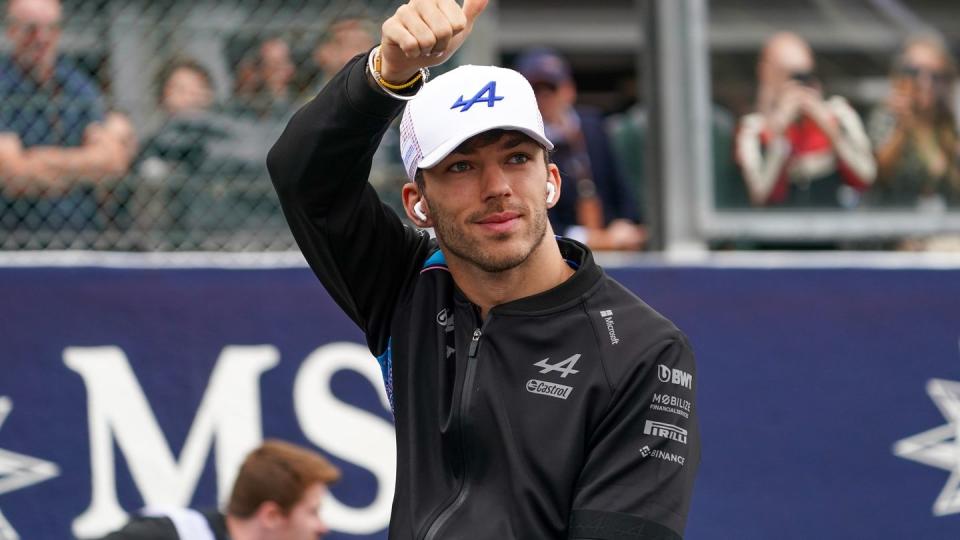
Williams
Williams has had an uplifting season under the leadership of the effortlessly convincing James Vowles, a figure who could read aloud the contents of a thesaurus and still make it engaging.It is still in the early stages of a rebuild so off-track one of Vowles’ key targets is to lobby other teams to approve budget cap adjustments that will facilitate Williams in improving infrastructure that Vowles says is two decades out of date.
On-track Williams needs to nail the events where the FW45 is quick—Monza could be one—as points opportunities remain few and far between for the backmarker posse.
Williams also needs to keep working with Logan Sargeant, and keep the faith with the young American, who has shown glimpses of promise but has frustratingly yet to put the pieces of the puzzle together.
“It’s actually very small things but the small things that make a big difference,” said Sargeant in Belgium.
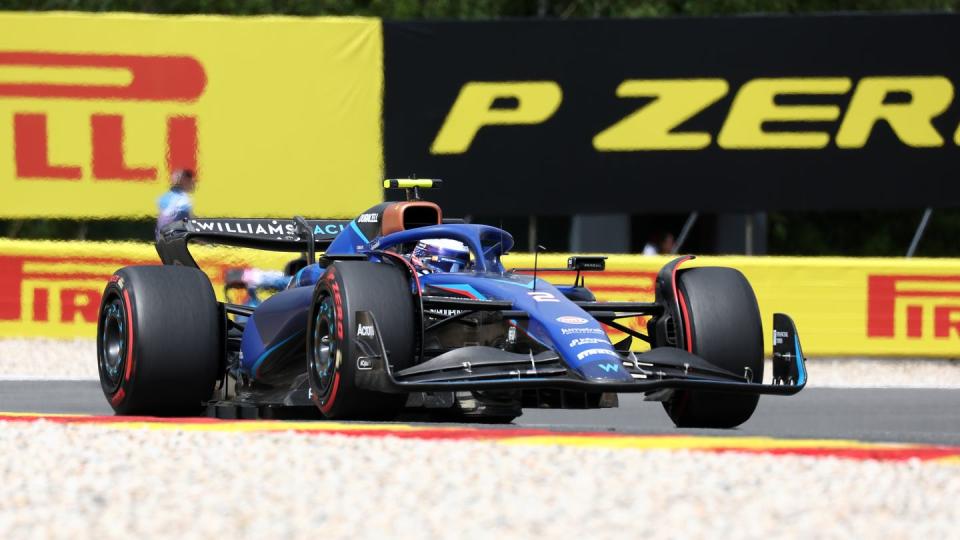
Haas
Haas is in a decent place as an entity because there’s no off-track dramas, no rookie drivers causing extensive damage, and its title partner is solid. Third time lucky and all that, but the results have been subdued and Haas has found itself mired towards the back of the grid.
It has awful tire degradation in race trim and strategy is almost a meaningless element given the rubber-based limitation that sends the VF-23s to the back of the pack. Its high points came in a race where everyone else crashed (Australia) and where it rained (Austria Sprint), meaning those tire weaknesses were masked.
Understanding that weakness is fundamental not only for its 2023 aspirations but for ensuring the VF-24 doesn’t have any carryover.
And while Nico Hulkenberg has been impressive in qualifying it is the one-lap performance which has left Kevin Magnussen all at sea, with the Dane starting higher than 13th only once.
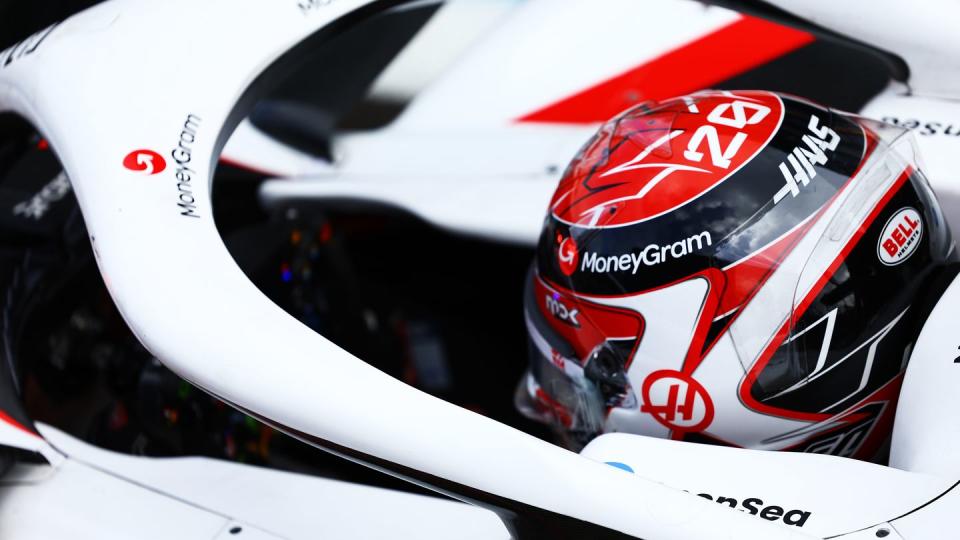
Sauber/Alfa Romeo
The operation currently known as Alfa Romeo, which is set to revert to its Sauber roots in 2024, has had a mediocre season, sometimes falling the right side of the top 10, but more frequently falling the wrong side of it.
It is nonetheless working on its bigger project, which is 2026, when Audi will arrive as its strategic partner.
CEO Andreas Seidl, who has been at several Grands Prix but is trying to keep a low profile, has been managing that transition, and his first main hire James Key arrives at the start of September as technical director.
Key, who worked with Seidl at McLaren, was let go by the team in the wake of the stillborn early-spec MCL60 mess. One main aspect for Sauber will therefore be integrating Key into the technical structure of a squad whose 2023 challenger has hardly set the world alight in the first place.
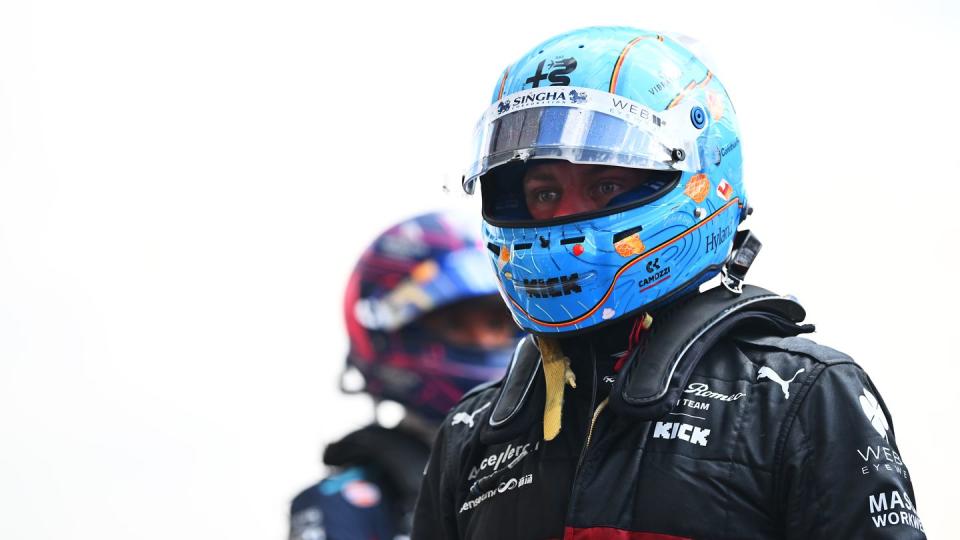
AphaTauri
There’s probably quite a lot to sort out here.
Firstly AlphaTauri is expected to be rebranded for 2024 and therefore its very identity—and ethos—needs to be addressed because at the moment it’s a little on the listless side.
Off-track Peter Bayer started as CEO in June but Laurent Mekies’ exact start date as Team Principal Franz Tost’s successor remains TBC, meaning there is an element of limbo until he gets his feet under the table.
AlphaTauri is also in the process of ramping up the technical collaboration with Red Bull for 2024 as permitted under the technical regulations, as well as relocating its UK facilities once the lease expires on its Bicester factory. Those decisions came after an extensive review of AlphaTauri’s purpose in the wake of Dietrich Mateschitz’s death last October.It needs to address its driver lineup, too, with Yuki Tsunoda surely deserving of a fourth year and Daniel Ricciardo continuing his audition, all while Liam Lawson waits in the wings.
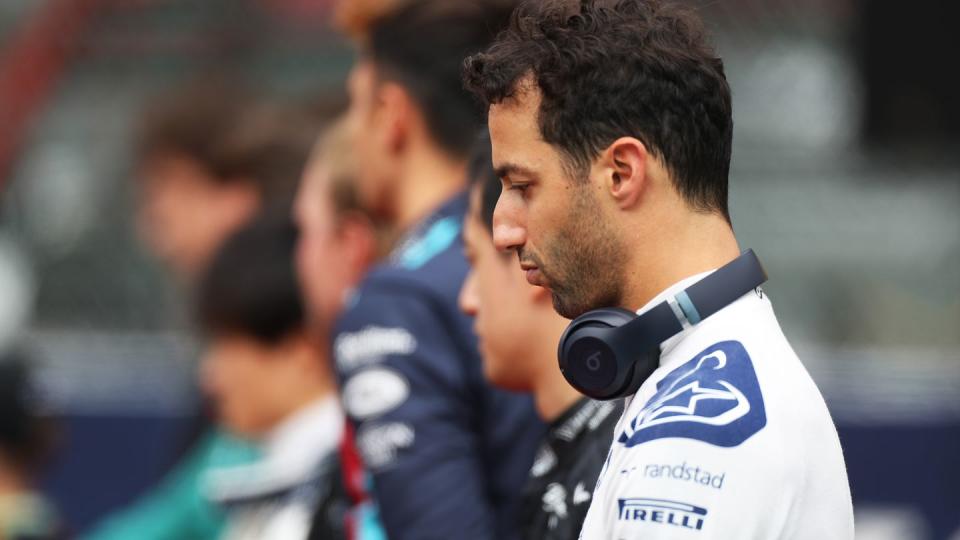

 Yahoo Autos
Yahoo Autos 